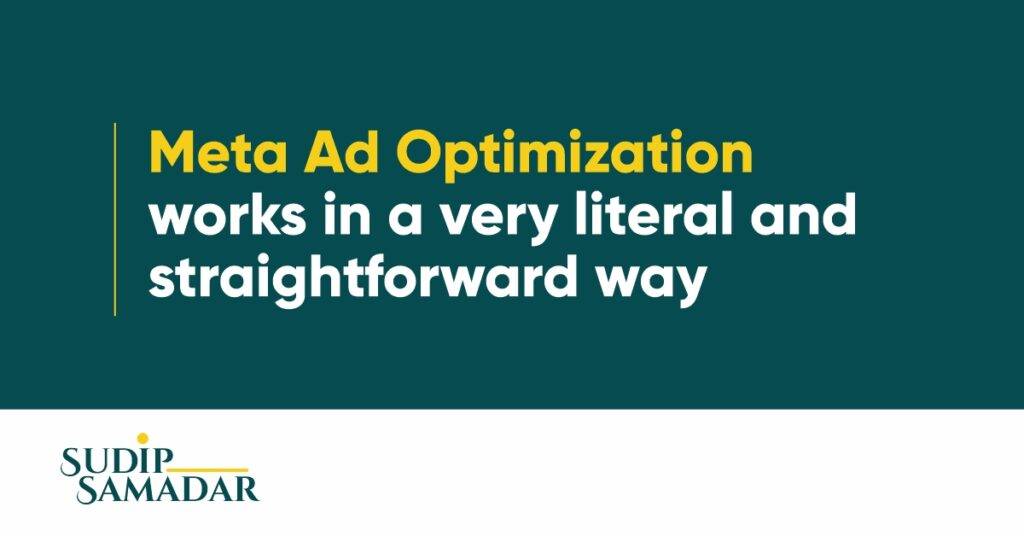
Facebook Ad Optimization, or meta ad optimization, is very literal and straightforward. It might seem simple, but it has both strengths and weaknesses.
Here’s the main issue: if you expect visitors who land on your website or a landing page to behave like “normal” people who will get impressed, be influenced, and make purchases, you might be setting yourself up for disappointment. For instance, if your goal is to get landing page views, you might assume that visitors will see your landing page, be convinced, and end up making a purchase simply because they are human. But this is where the disconnect occurs.
Suppose your objective is to maximize conversions. Yes, it’s humans who are visiting your site, filling out forms, and taking actions. However, when you try to follow up, you may find that many leads aren’t high quality or deeply engaged. That’s what I mean by saying that Facebook (Meta) ad optimization works in a literal way.
Let’s dig deeper to clarify this. Say you’re running a campaign to maximize conversions. Users see your ad, click on it, and land on an initial intermediate landing page. Once they read the content there, they click a call-to-action button, which directs them to a second landing page. It’s on this second landing page where you have set up your Facebook pixel to track a “landing page view” event.
Only when visitors reach this second page is the “landing page view” event registered. By structuring your campaign in this way, you can filter for higher-quality leads, even if it means a drop in volume. Meta optimization will then target users who are more likely to reach that second landing page, focusing on quality over quantity.
Here’s another example: if you’re running lead ads but aren’t getting high-quality leads, you might have to call a lot of people to get a few good prospects. However, if you add more questions to your lead form, you’ll start seeing better-quality leads because fewer people will complete the form. As a result, while the volume of leads may decrease, Meta’s optimization will adjust to find people more likely to complete the form, improving the quality of the leads you receive.
The key takeaway here is that assuming people will perform secondary actions beyond your primary performance goal is a flawed assumption. Currently, Meta focuses solely on achieving the primary performance goal you set, using its strong AI and data capabilities to maximize that objective.
Now, if you’re aiming to build a brand with returning visitors—people who engage with you repeatedly—you need to set up custom goals. Using tools like Google Tag Manager, you can create custom goals, such as tracking returning visitors. Meta can then optimize for those, though it requires additional setup.
Additionally, if you want your audience to engage deeply with content, you can set custom behaviors as performance goals. For example, track users who scroll 50-75% of a page, stay on it for at least one minute, view a banner that appears after a certain scroll depth, or click on interlinks within the blog. Testing these behaviors can help you see what results you achieve and at what cost.
Ultimately, Meta advertising is straightforward and literal—it focuses only on achieving the primary goal. It doesn’t consider secondary user behaviors unless explicitly defined. This means you need to monitor your campaigns closely. Otherwise, you may not see the performance you were expecting.
I hope this clarifies the concept.
